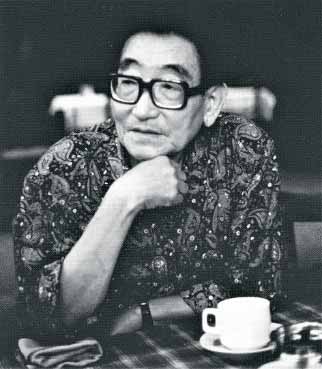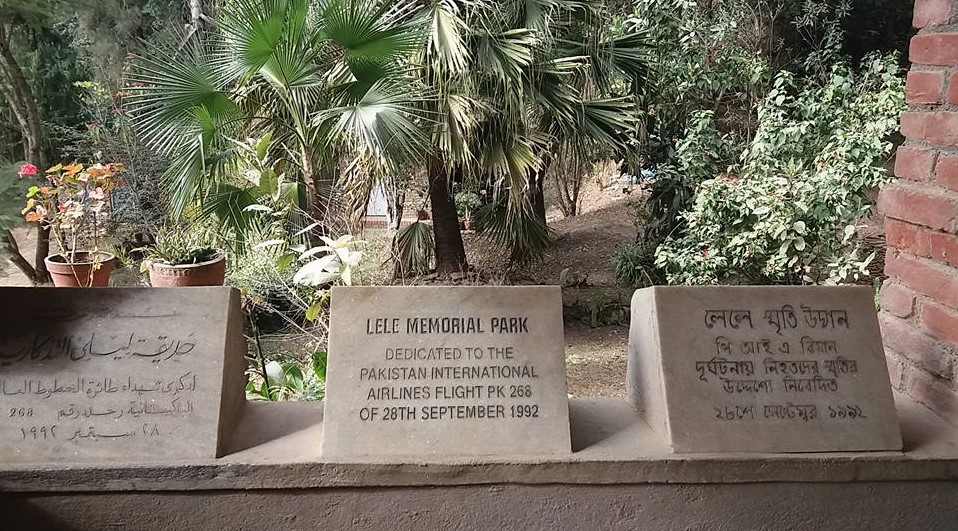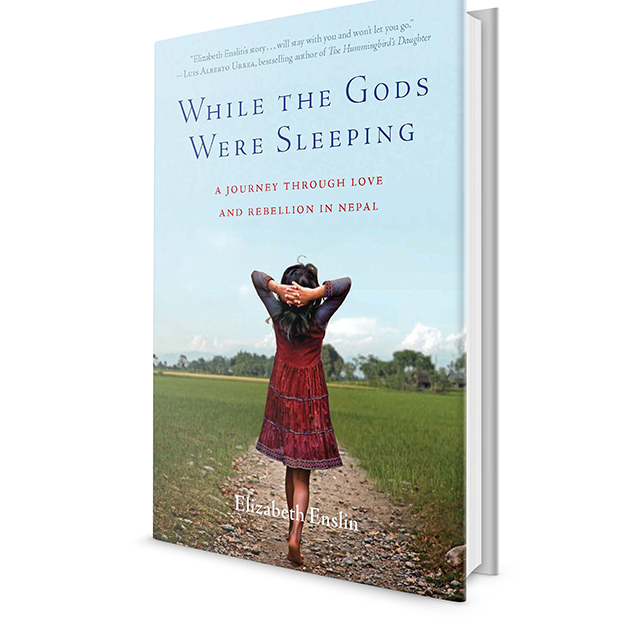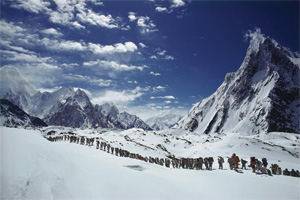
When I first laid eyes on the image of the sleeping Vishnu, I was completely taken by surprise. I had no idea that there lies an image of the reclining god inside the Hanuman Dhoka palace compound, hidden from the public eye. Most people have visited the large image at Budanilkantha, north of Kathmandu (also known as Narayanthan) and the smaller replica at Balaju, but few people would have even seen this third image.
It is believed that Vishnu goes to sleep from time to time. Thus the image of a sleeping Vishnu. A festival is held at Budanilkantha in November when thousands of devotees arrive to pay homage. Vishnu has ten incarnations including Krishna and Ram, and he is said to have taken animal forms in order to save the world from impending disasters. Early reference to reincarnation is found in the Upanishads around 7th Cent BCE and Vaishnavism was widespread by 1000 CE.
While the sleeping Vishnu of Budanilkantha is visited and revered by a large number of Hindu and Buddhist devotees, the Vishnu of Hanuman Dhoka is reserved for the Shah dynasty. It is said that replicas of the giant Vishnu of Narayanthan were built in Balaju and this old palace because the Malla kings could not visit the original. Legend has it that King Pratap Malla dreamt that his successors would die if they were to ever visit the image. The Shah kings who defeated the Mallas adopted all Malla traditions including the belief that the king is an incarnation of Vishnu.
Unlike the sleeping Vishnu of Budanilkantha, the one at the Hanuman Dhoka has no water surrounding it, and looks isolated. The design however, does suggest that it was meant to have water around it. Lying on a bed of Nagas, the image is much smaller than the original. At some distance is the image of a garuda, Vishnu’s vehicle paying homage.











